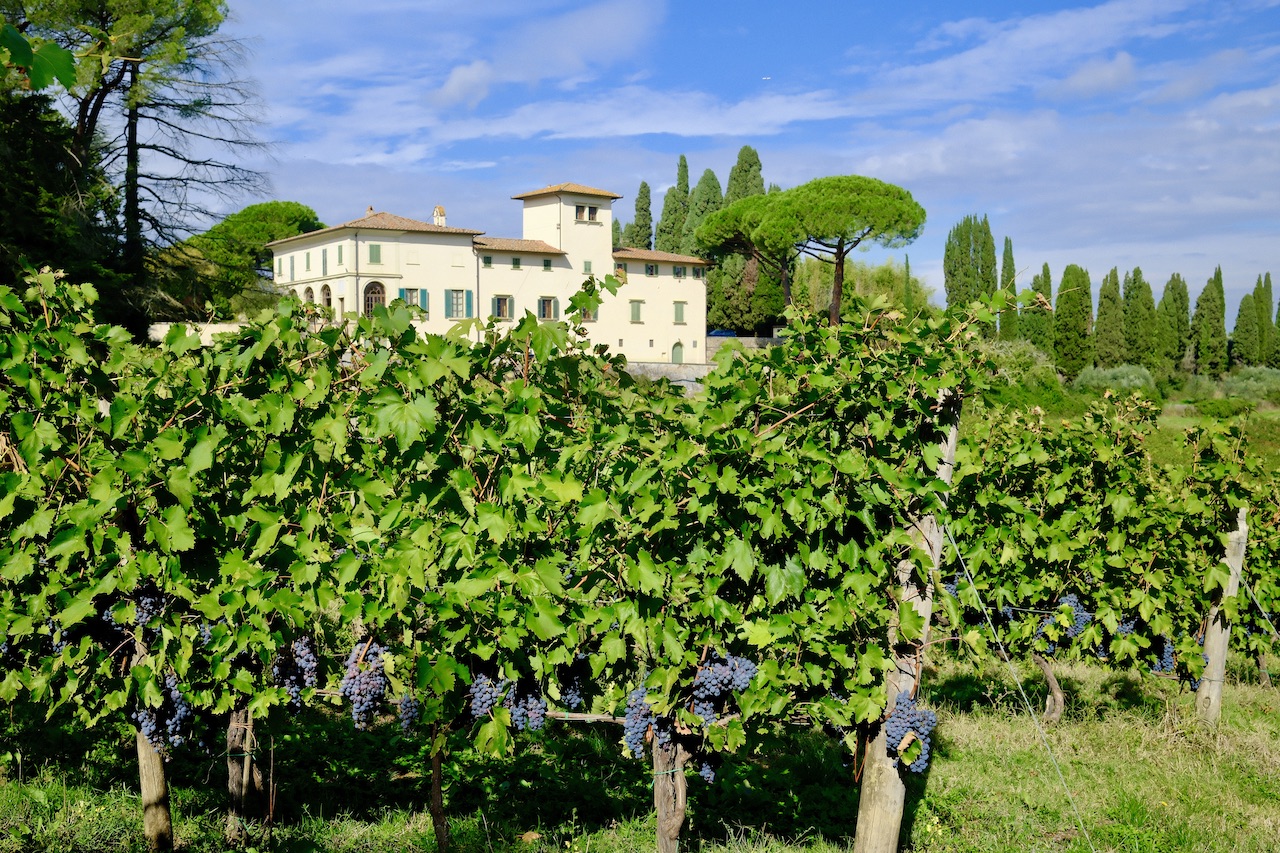Wine tours in Tuscany - About Angie - +39 3333185705 - angie.chianti@gmail.com
Italian wines can be extremely confusing. Not only are there so many different grape varietals growing in Italy, but then the wines get even more confused with their regional differences, names, and qualifications. Is this a Super Tuscan, IGT, DOC, DOCG? Reds, whites, rosés and even sparkling! And within just the sparkling wines themselves, we see large variety.
And everyone loves a nice sparkling wine! They are the go-to vino we all use to celebrate a variety of occasions! New job? Baby on the way? Break out the prosecco! But wait – is that prosecco? Or just a spumante wine? Or is it a Lambrusco? Let’s take a look at the various sparkling wines in Italy, and learn just what is the difference between a spumante wine, and a prosecco?
Spumante
The word spumante simply means “sparkling”. It doesn’t necessarily tell us anything more about the wine itself. There can be sweet spumante or dry spumante. It really just means wine that is produced to be bubbly.
Some spumante wines you may have heard of include…
- Franciacorta: Franciacorta is a spumante wine that comes from Lombardy. It is wine with denominazione di origine controllata (DOCG). They can only produce it using the grapes from Franciacorta, on the hills between Lake Iseo and Brescia. The main grapes for Franciacorta are Pinot Noir, Pinot Bianco and Chardonnay. The winemakers use the traditional method of production used to make champagne, giving it very light, effervescent bubbles.
- Lambrusco: This spumante wine is made from a grape with the same name. It comes from either Emilia-Romagna or Lombardy. They mainly produce it in four zones – Modena, Parma, Reggio Emilia, and Mantua – and is famous for its high acidity and berry flavors. This wine is slightly sweet and low in alcohol. It pairs well with the traditional cuisine of Emilia-Romagna such as tortellini in brodo or bollito misto.
- Asti Spumante: Another DOCG, this wine is aromatic and sweet, and is made from the moscato This spumante wine pairs nicely with fruit or chocolate as a desert.
And of course, that special spumante…
Prosecco
Prosecco is a particular sparkling Italian wine, that is commonly compared with neighboring France’s champagne. It is produced in Italy’s Veneto region. They normally make it with glera grapes. Prosecco is a white wine, classified denominazione di origine controllata (DOC). The production areas and then the Best prosecco wineries in Italy are in Treviso, Venezia, Vicenza, Padova, Belluno, Gorizia, Pordenone, Trieste, and Udine. It can also be a denominazione di origine controllata (DOCG) in the form of Conegliano Valdobbiadene Prosecco Superiore (which follows the champagne production method).
The name Prosecco comes from the Italian village of Prosecco, near Trieste, where the grape and wine traditionally come from. Unlike champagne, they usually produce Prosecco using the Charmat-Martinotti method. This means that the second phase of fermentation takes place in large steel tanks, as opposed to in the bottle. Prosecco tends to be slightly sweeter than champagne. It is better young, so be sure to buy the newest vintage.
Whereas spumante means sparkling, Prosecco itself can be spumante, frizzante (semi-sparkling) or even still. While the spumante version is the most popular, there are some Proseccos with light, less lingering perlage (bubbles) or no bubbles at all. Prosecco is also classified according to EU wine sweetness regulation as being either brut – the most dry, extra-dry, or dry which is essentially sweet.
So, while it is of course confusing, there is a difference between spumante and Prosecco. Remember that spumante means any sparkling wine, whereas Prosecco is a wine from a particular grape that is usually spumante but not always!





